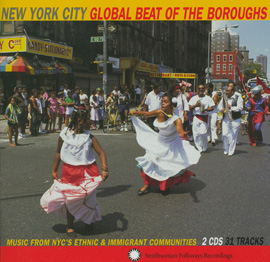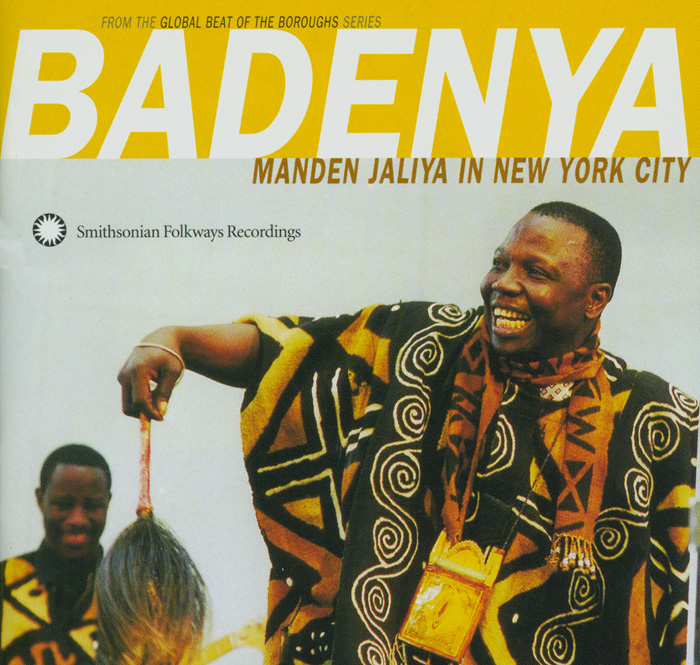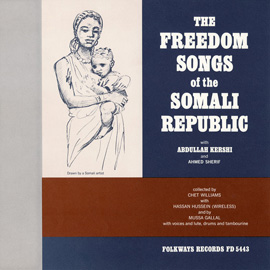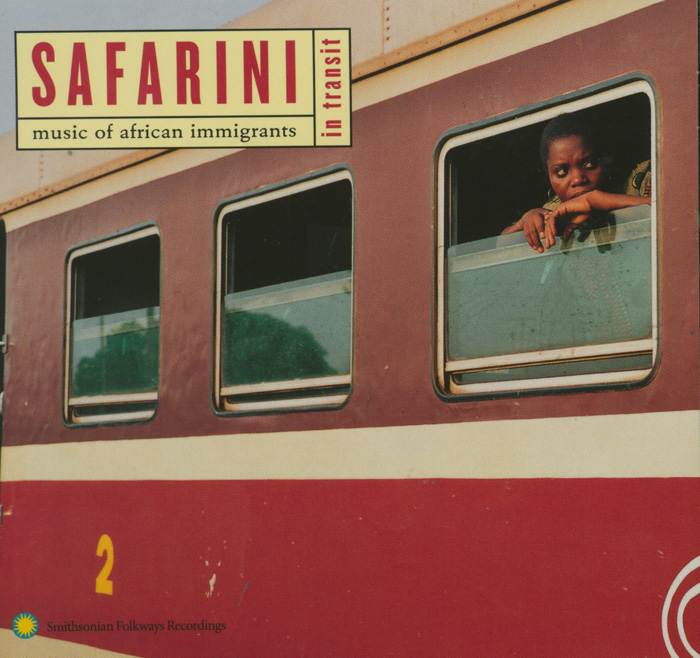African Music in the USA
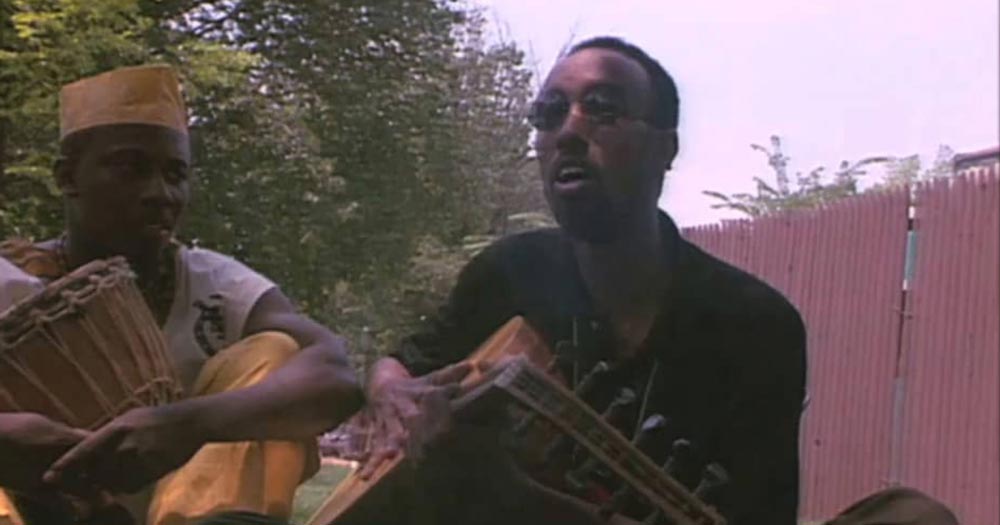
A New African Diaspora
In the past three decades, new African diaspora communities have emerged within the United States of America. Unlike mass and forced migrations of Africans to America from the 16th to the 19th centuries, Africans who have come to the USA since 1970 have arrived unshackled—although the refugees among them may not have left home of their own volition. Their reasons for coming vary—education, adventure, opportunity, asylum, entrepreneurial aspirations—and they have settled in numbers over 1 million strong. Like Africans from earlier diasporas and like immigrants from elsewhere, they have brought their artistic skills, values, knowledge, and experience and created dynamic, often powerful new cultural forms that give definition to their communities in the USA.
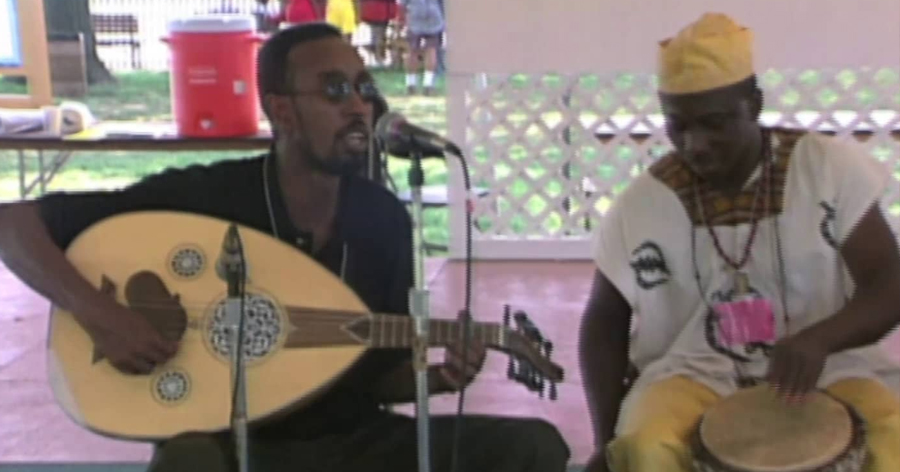
Using Tradition to Build and Bridge Communities in a New Place
The new arrivals, mostly from Western Africa, have joined older African American populations in a number of urban centers throughout the USA. In Seattle, Atlanta, Washington, D.C., New York City, Houston, and Minnesota's Twin Cities, the cultural expressions of African immigrants and their heritage now bounce back and forth across the Atlantic in suitcases, over the airwaves and the Internet, in voices singing out in languages such as Twi, Yoruba, Wolof, and Lingala, or sounding out on xylophone, kalimba, oud, and djembe drums. They also reverberate in social dance halls and on concert stages, in apartments and in homes, in places of worship, and in nightclubs across this country. The immigrants actively and explicitly use a language of tradition—cooking Ghananian Kele Wele, wearing Senegambian gran boubous, dancing to Congolese soukous, or composing songs in Luwya as Kenyan-born Frank Ulwenya does—to define themselves in the context of the USA to each other, and to the world.
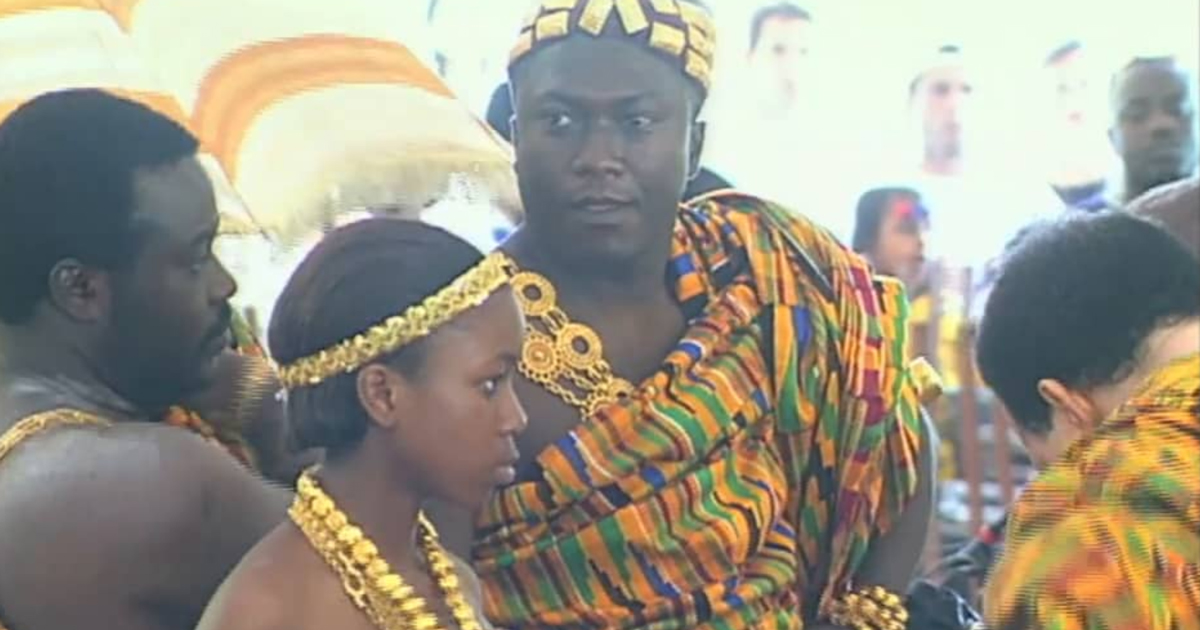
African Community Is Dynamic
However strongly communities may hold to homeland traditions, cultural change is inevitable. Immigrant Africans, like immigrants from everywhere else, change their perceptions, ideas, and interests as they meet people with different backgrounds and become immersed the sounds, sights, concerns, limitations, and opportunities of their new environment. They combine what they have learned at home with what they encounter in America.
The recordings featured here, as rich and diverse as they are, only hint at the variety of community expression that has been and continues to be produced by African-born immigrant artists and musicians who have settled in the United States. Just as there is no singular, monolithic African immigrant community, there is no generic African music or dance or other kind of expressive culture. While African immigrant communities have grown in size and visibility in American cities, the diversity and richness of their cultures remain largely invisible to most local residents. Yet the music of recently arrived Africans demonstrates clearly and powerfully the many expressions and meanings of African culture in America.


